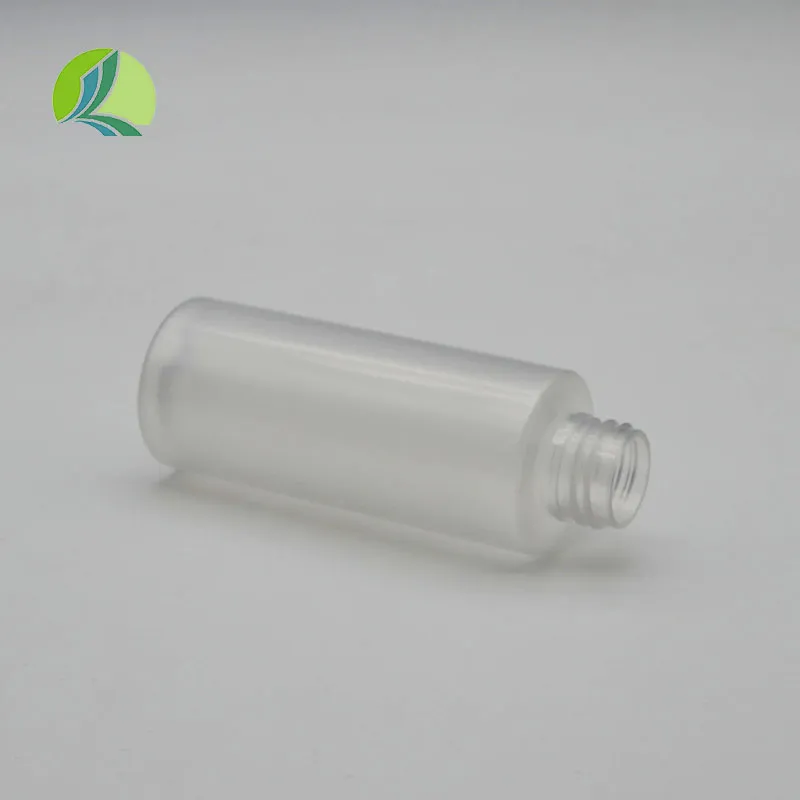Understanding Different Types of Blood Testing Tubes for Accurate Medical Results
Understanding Blood Testing Tubes A Comprehensive Guide
Blood tests are essential tools in medical diagnostics, serving as the foundation for a wide range of insights into a patient's health. One of the key components of conducting a blood test is the blood collection tube. These tubes, designed specifically for different types of blood tests, play a crucial role in ensuring accurate results. In this article, we will explore the various types of blood testing tubes, their purposes, and best practices for their use.
Types of Blood Testing Tubes
1. Serum Separator Tubes (SST) These tubes contain a gel that separates the serum from the blood cells after centrifugation. SSTs are commonly used for a variety of tests that require serum, such as hormone levels, metabolic panels, and vitamin levels. The gold top tubes denote this category, effectively ensuring a clear serum sample.
2. EDTA Tubes Ethylenediaminetetraacetic acid (EDTA) is an anticoagulant that prevents blood from clotting. Tubes with a lavender or purple top contain EDTA and are primarily used for complete blood counts (CBCs) and blood smears. These tests require whole blood to ensure that the cellular components are preserved for analysis.
3. Citrate Tubes Citrate tubes, often with a light blue top, contain sodium citrate as an anticoagulant. They are primarily used for coagulation studies, such as PT (Prothrombin Time) and aPTT (Activated Partial Thromboplastin Time). The citrate binds calcium ions, thus preventing blood from clotting, which is vital for accurate coagulation testing.
4. Heparin Tubes Heparin is another anticoagulant used in blood collection, with tubes typically identified by green tops. Heparinized tubes are often used for tests requiring plasma, such as electrolyte panels and certain biochemical tests. They offer quick processing times due to their ability to inhibit clotting without compromising the integrity of the blood sample.
5. Plain Tubes These tubes, usually with a red top, do not contain any additives. They are utilized for tests that require serum but do not have interference from anticoagulants. Common uses for plain tubes include certain hormone tests and serological tests where clotting is part of the sample processing.
blood testing tubes

Proper Handling and Best Practices
To ensure the reliability and integrity of blood samples, proper handling and processing of blood testing tubes are critical
- Labeling Always label blood samples immediately after collection. Include the patient’s name, date of birth, date and time of collection, and any pertinent clinical information.
- Order of Draw Follow the correct order of draw when collecting samples to prevent cross-contamination. For example, blood cultures should be drawn first, followed by anticoagulant tubes like EDTA, and lastly, the serum separator tubes.
- Centrifugation For serum separator tubes, proper centrifugation is essential to separate serum from blood cells. Follow the manufacturer's instructions regarding speed and duration to prevent hemolysis or improper separation.
- Storage After collection, samples should be stored at appropriate temperatures until testing occurs. Most blood samples should be kept at room temperature or refrigerated, depending on the test requirements.
Conclusion
Understanding blood testing tubes is fundamental for healthcare professionals and patients alike. The different types of tubes used for blood collection cater to specific tests and functions, which ultimately impacts diagnostic accuracy. By adhering to best practices in handling and processing these tubes, healthcare providers can ensure that they deliver reliable and precise results, enhancing patient care and treatment outcomes. As advancements in medical technology continue, the importance of these simple yet critical blood collection tools will remain paramount in the pursuit of effective healthcare solutions.
-
Aesthetic Makeup Spray Bottles | Fine Mist Empty RefillableNewsAug.19,2025
-
White Plastic Veterinary Vaccine Vials | Lab Liquid BottlesNewsAug.18,2025
-
Plastic Medicine Liquid Bottle: Secure Flip Top Drug VialsNewsAug.17,2025
-
Durable 250ml Blue Plastic Vaccine Vial for Lab & Vet UseNewsAug.16,2025
-
Sterile Virus Sample Tubes: Secure & Reliable Specimen CollectionNewsAug.15,2025
-
White 250ml Plastic Vaccine Vial for Lab & Vet MedicineNewsAug.14,2025
























